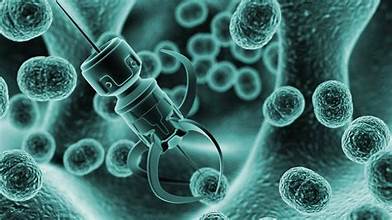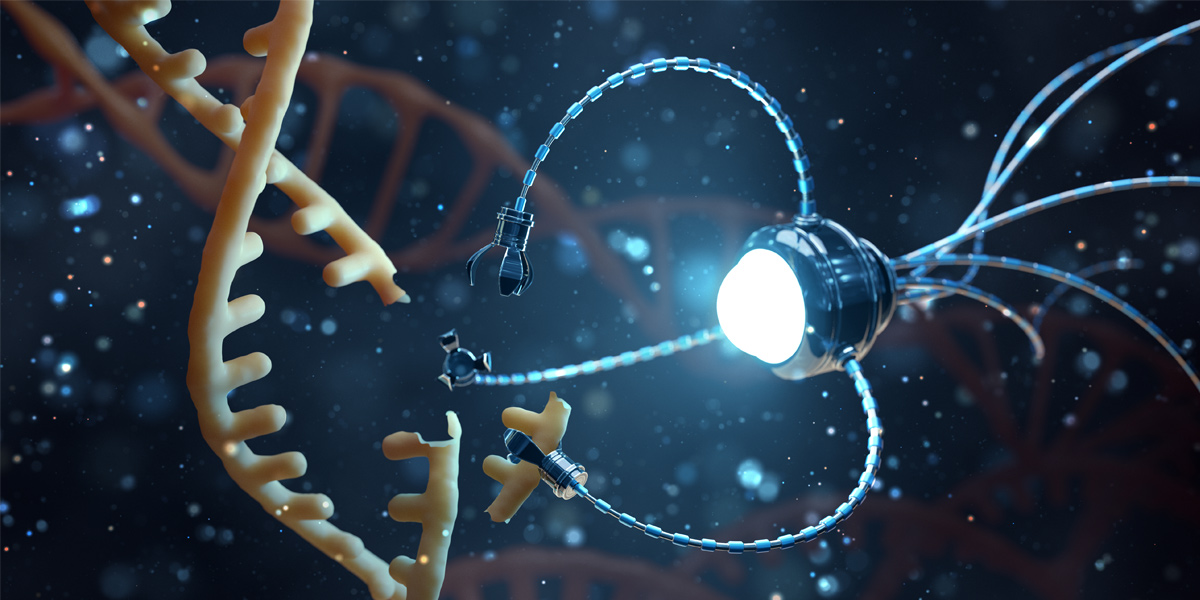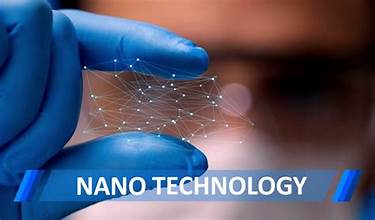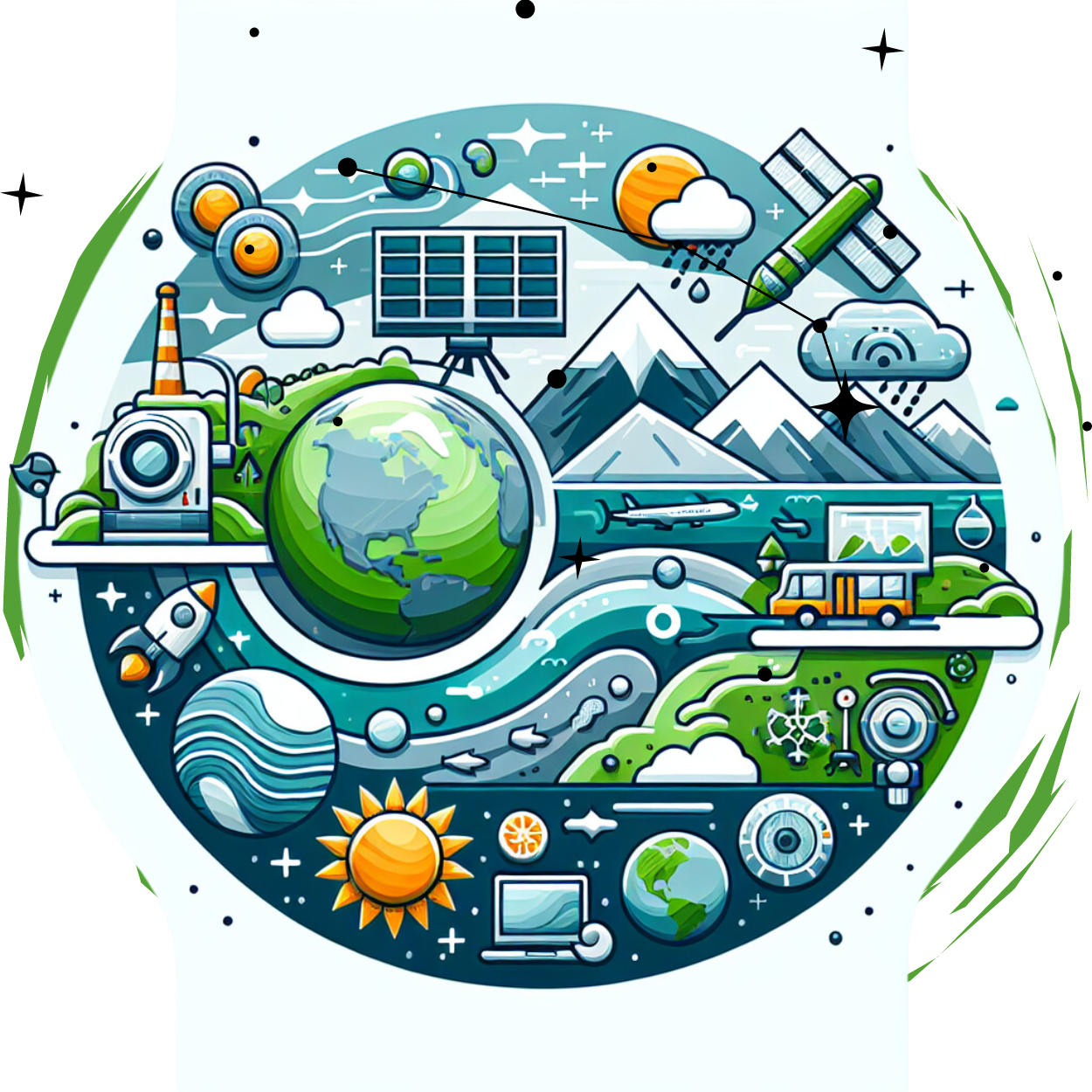
Nanotechnology, the science of manipulating matter at an atomic or molecular scale, has been making waves across various industries. Recent breakthroughs in this field are poised to revolutionize healthcare and electronics, offering innovative solutions to some of the most pressing challenges. This article explores the latest advancements in nanotechnology and their implications for these critical sectors.
Advancements in Nanotechnology: An Overview
Nanotechnology involves engineering materials at the nanoscale, which is between 1 and 100 nanometers. At this scale, materials exhibit unique properties, including enhanced strength, electrical conductivity, and reactivity. These properties can be harnessed to create revolutionary technologies with applications ranging from medicine to electronics.
Nanotechnology in Healthcare
1. Targeted Drug Delivery Systems
One of the most significant breakthroughs in healthcare is the development of targeted drug delivery systems. Traditional drug delivery methods often suffer from limited effectiveness and unwanted side effects. Nanoparticles can be engineered to deliver drugs specifically to diseased cells or tissues, minimizing collateral damage to healthy cells. For example, gold nanoparticles are being used to deliver chemotherapy drugs directly to cancer cells, improving the efficacy of the treatment while reducing side effects.
2. Advanced Diagnostic Tools
Nanotechnology is also enhancing diagnostic capabilities. Nanoparticles can be designed to bind with specific biomarkers associated with diseases, making them valuable tools for early detection. Quantum dots, which are nanometer-sized semiconductor particles, are being used in imaging techniques to provide more precise and sensitive detection of disease markers. This advancement allows for earlier diagnosis and more effective monitoring of conditions such as cancer and cardiovascular diseases.
3. Regenerative Medicine
Nanotechnology is making strides in regenerative medicine by aiding in tissue engineering and organ regeneration. Nanofibers and nanostructured scaffolds are being developed to support the growth of new tissues and organs. These materials can mimic the natural extracellular matrix, providing a conducive environment for cell growth and differentiation. As a result, patients may benefit from more effective treatments for injuries and degenerative diseases.
Nanotechnology in Electronics
1. Enhanced Semiconductor Devices
In the realm of electronics, nanotechnology is driving the development of more powerful and efficient semiconductor devices. Nanowires and nanotubes are being used to create transistors that are smaller, faster, and more energy-efficient than their traditional counterparts. These advancements are paving the way for the next generation of high-performance electronic devices, including faster computers and more efficient power systems.
2. Flexible Electronics
Nanotechnology is enabling the creation of flexible and wearable electronic devices. Nanomaterials such as graphene and carbon nanotubes offer exceptional electrical conductivity and mechanical flexibility. These materials are being incorporated into flexible displays, sensors, and other electronic components, allowing for the development of devices that are both lightweight and adaptable. This innovation has applications in consumer electronics, healthcare monitoring, and more.
3. Energy Storage Solutions
Nanotechnology is also improving energy storage systems. Nanomaterials are being used to enhance the performance of batteries and supercapacitors. For instance, nanostructured electrodes can increase the energy density and charge/discharge rates of batteries, leading to longer-lasting and faster-charging energy storage solutions. This advancement is crucial for the development of more efficient and sustainable energy technologies.
Future Directions and Challenges
While the latest breakthroughs in nanotechnology hold great promise, there are still challenges to address. Issues related to the safety and environmental impact of nanomaterials must be carefully considered. Regulatory frameworks and guidelines are needed to ensure that nanotechnology is developed and used responsibly.
Additionally, further research is required to fully understand the long-term effects of nanomaterials on human health and the environment. Collaborative efforts between researchers, industry professionals, and policymakers will be essential to address these challenges and maximize the benefits of nanotechnology.
Conclusion
The latest advancements in nanotechnology are transforming both healthcare and electronics, offering innovative solutions that were once considered science fiction. From targeted drug delivery systems to flexible electronic devices, the potential applications of nanotechnology are vast and varied. As research and development continue, we can expect even more groundbreaking discoveries that will further enhance our lives and drive progress in these critical fields.

